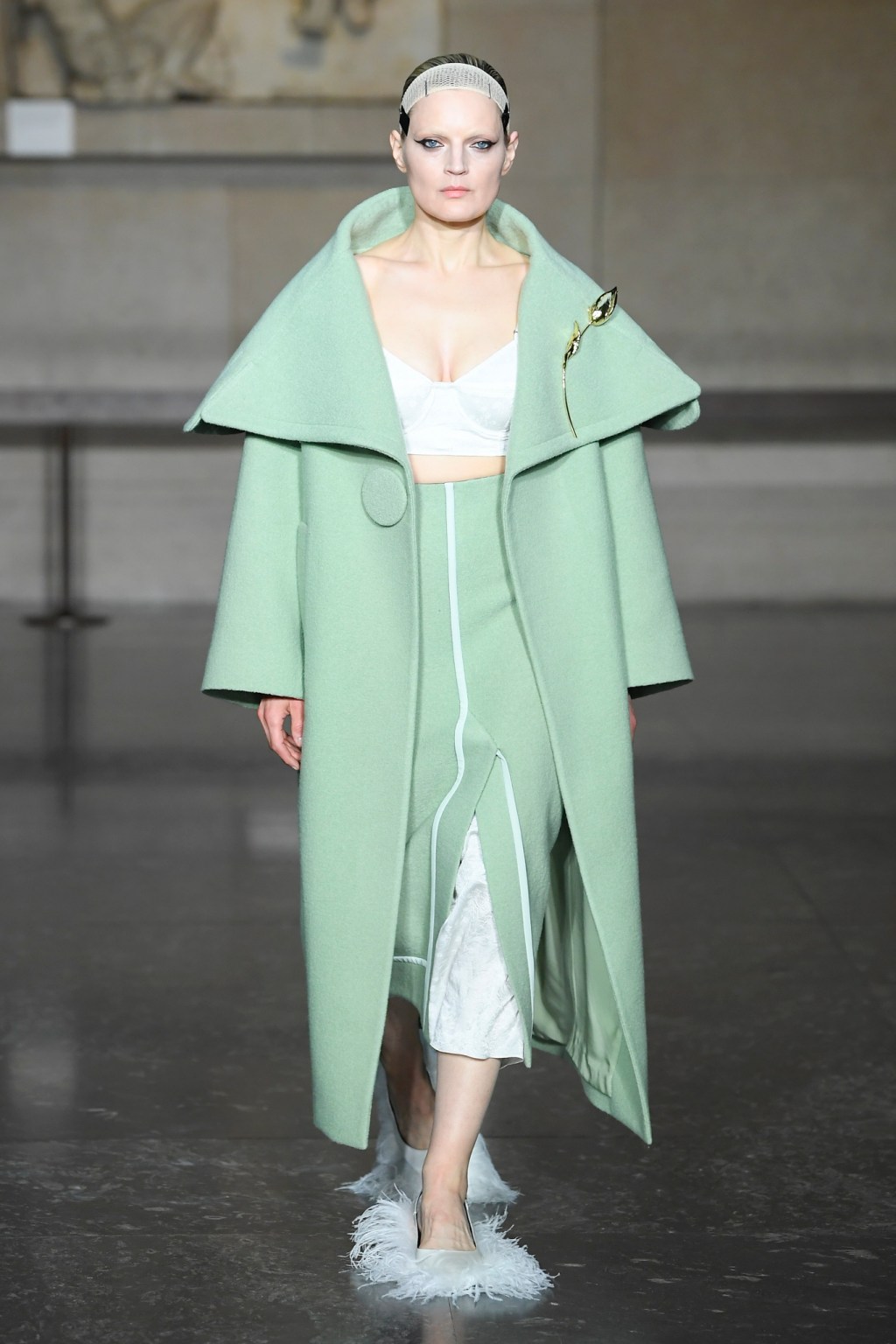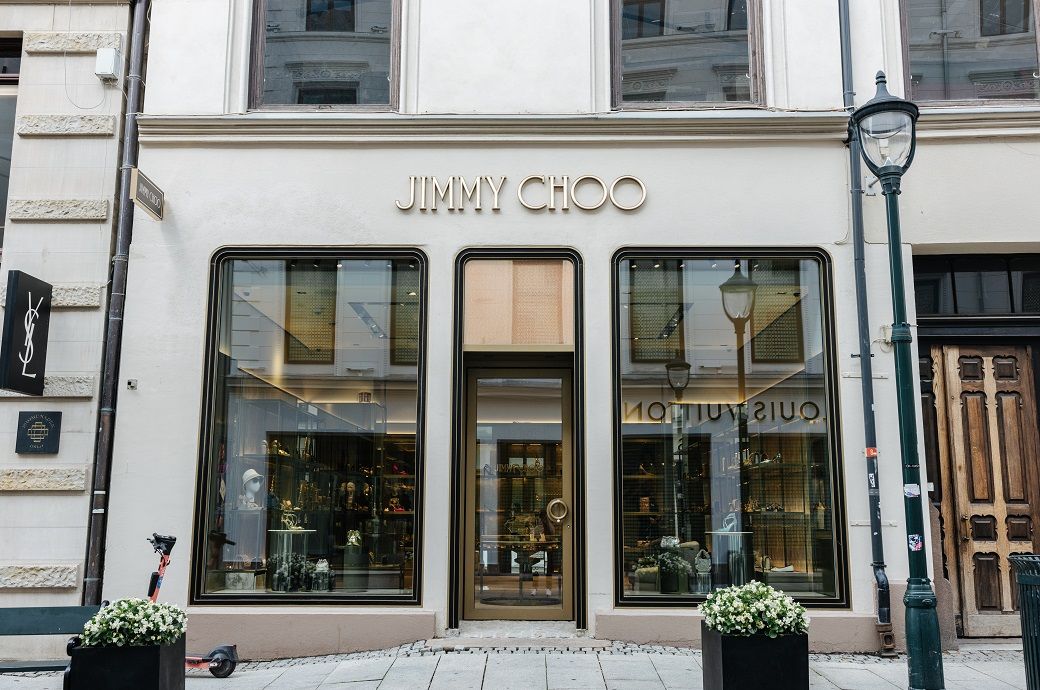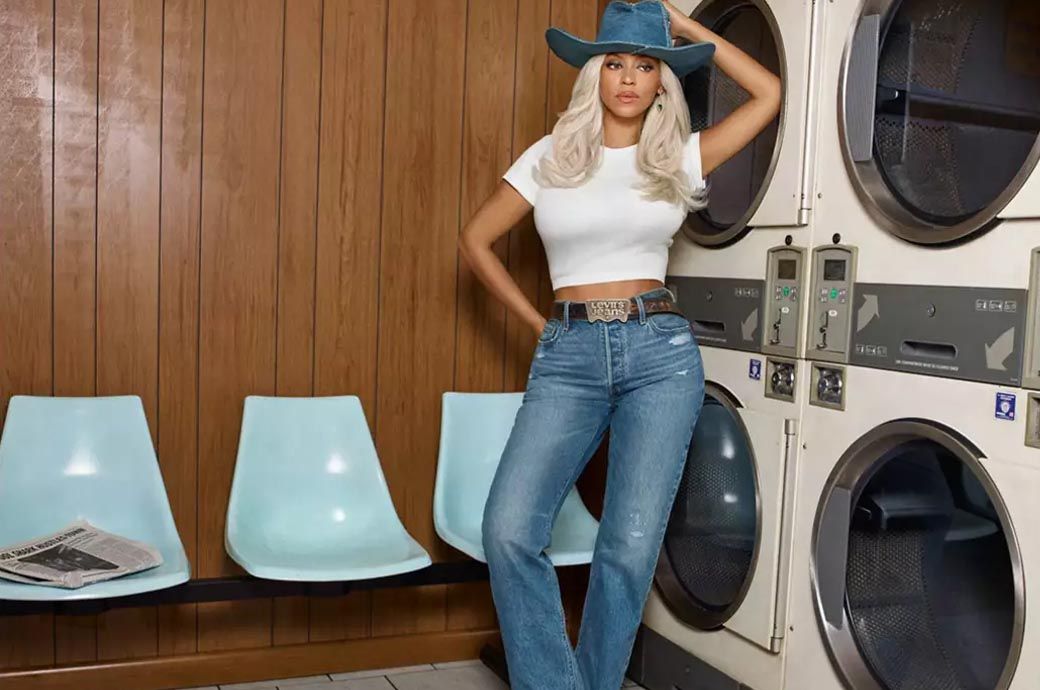By
Reuters API
Published
January 31, 2024
H&M's new boss faces a thorny dilemma: raise prices and lose further ground to online fast fashion rival Shein, or cut prices and risk profit margins falling short of target.
Daniel Ervér, 42, took the reins at H&M on Wednesday after Helena Helmersson resigned in a surprise announcement that sent the company's shares down more than 10%.
At the same time, H&M said sales continued to decline during the key months of December and January, raising questions about how much revenue the retailer is sacrificing in pursuit of a higher profit margin.
“What we think they've been doing is raising their prices quite aggressively in different markets – obviously you can do that, and the volumes go down and the margin goes up,” said Bernstein analyst William Woods.
“The key question is: Does H&M have the brand to charge much more than it does today?”
The Swedish fashion retailer, known for its $19.99 jeans and dresses for less than $15, also sells leather pants for more than $300 and, under its Cos brand, coats for up to $1,190.
Shein, which sells $8 dresses, $5 T-shirts and $2 jewelry, has eaten into H&M's share in the lower end of the market, while its larger rival, Zara, dominates the luxury end of the market. fast fashion. The challenge for Ervér will be to prove that H&M can increase profits while returning sales to growth.
Although it only came to light on Wednesday, Ervér has been with the company for 18 years and became CEO of flagship brand H&M early last year.
In an interview, Ervér said he wants to make sure H&M is “100% competitive,” including selling some higher-priced items. “We have developed an expanded range of elevated products where we raise the quality,” Ervér said. “We see a lot of interest in products with a broader price range than we offered before.”
In its annual report, H&M said sales of its most exclusive brands, including Cos, Arket and Weekday, were strong and contributed most to profitability.
As it targets a 10% operating profit margin by 2024, H&M said it had achieved 7.8% in the fourth quarter of 2023, up from 7.2% in the previous three months, but well above 1, 3% from the previous year.
“Protecting margin is more important than maximizing volumes, so the strategy is working slowly,” said Adil Shah, portfolio manager at Storebrand in Oslo, which owns H&M shares. Falling inventories will also allow the company to increase prices, he said. H&M's inventory levels as a percentage of trailing 12-month sales fell to 15.8% at the end of the fourth quarter, from 19% a year ago.
Karl-Johan Persson, president of H&M and grandson of founder Erling Persson, said the company is also investing in improving value for money, increasing product quality and maintaining or lowering prices. Persson, whose family owns a 51% stake in H&M, said last year the focus was on cost control and inventory management, but this year there would be more emphasis on increasing sales.
H&M has been closing stores and laying off staff; recently announced it would close more than a fifth of its stores in Spain and lay off up to 588 workers.
Although Ervér is little known among the investment community, Storebrand's Shah said he prefers a CEO who knows the business well. “I applaud the courage to choose someone who doesn't necessarily have the track record as a CEO, but clearly has the necessary knowledge,” he said.
© Thomson Reuters 2024 All rights reserved.












